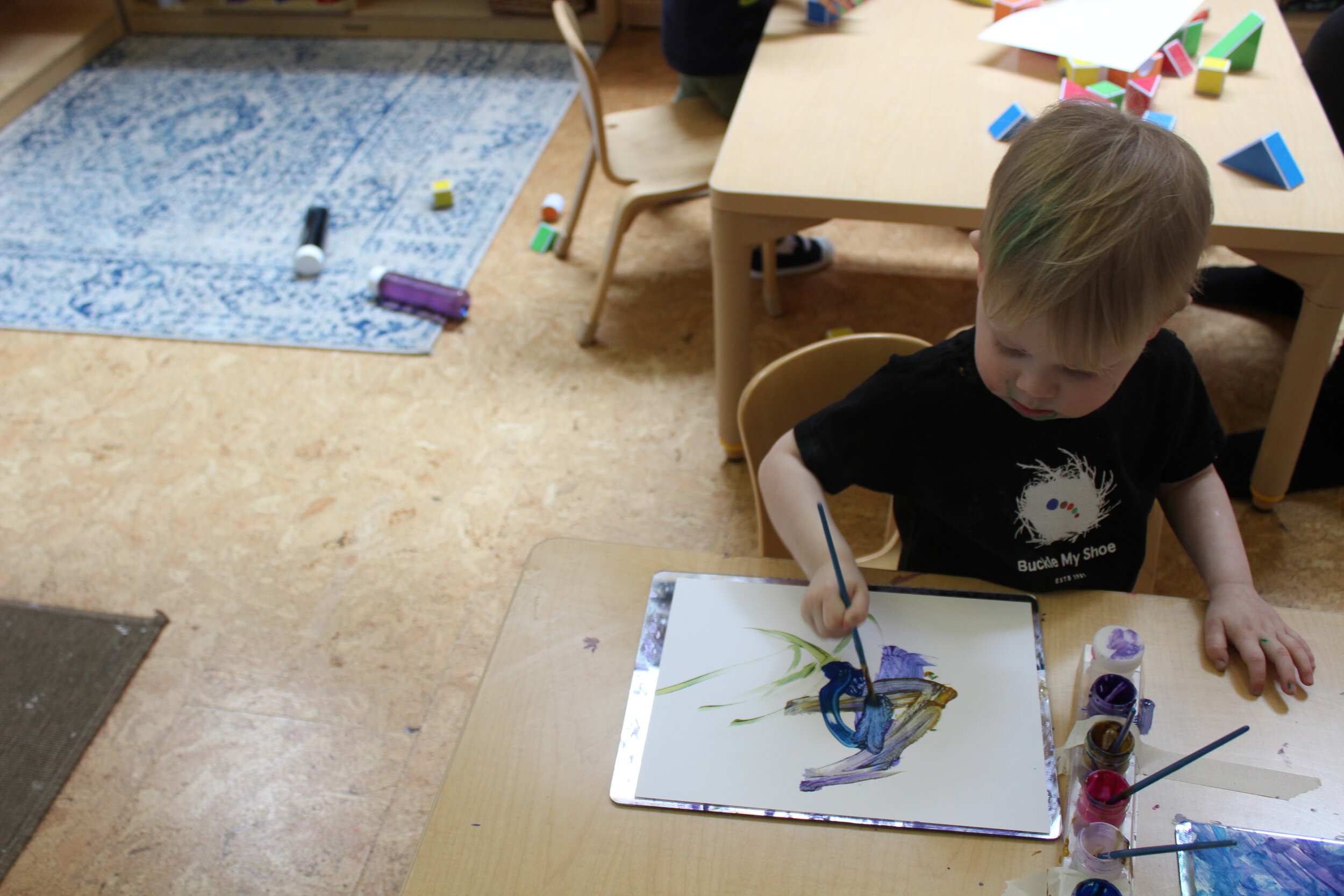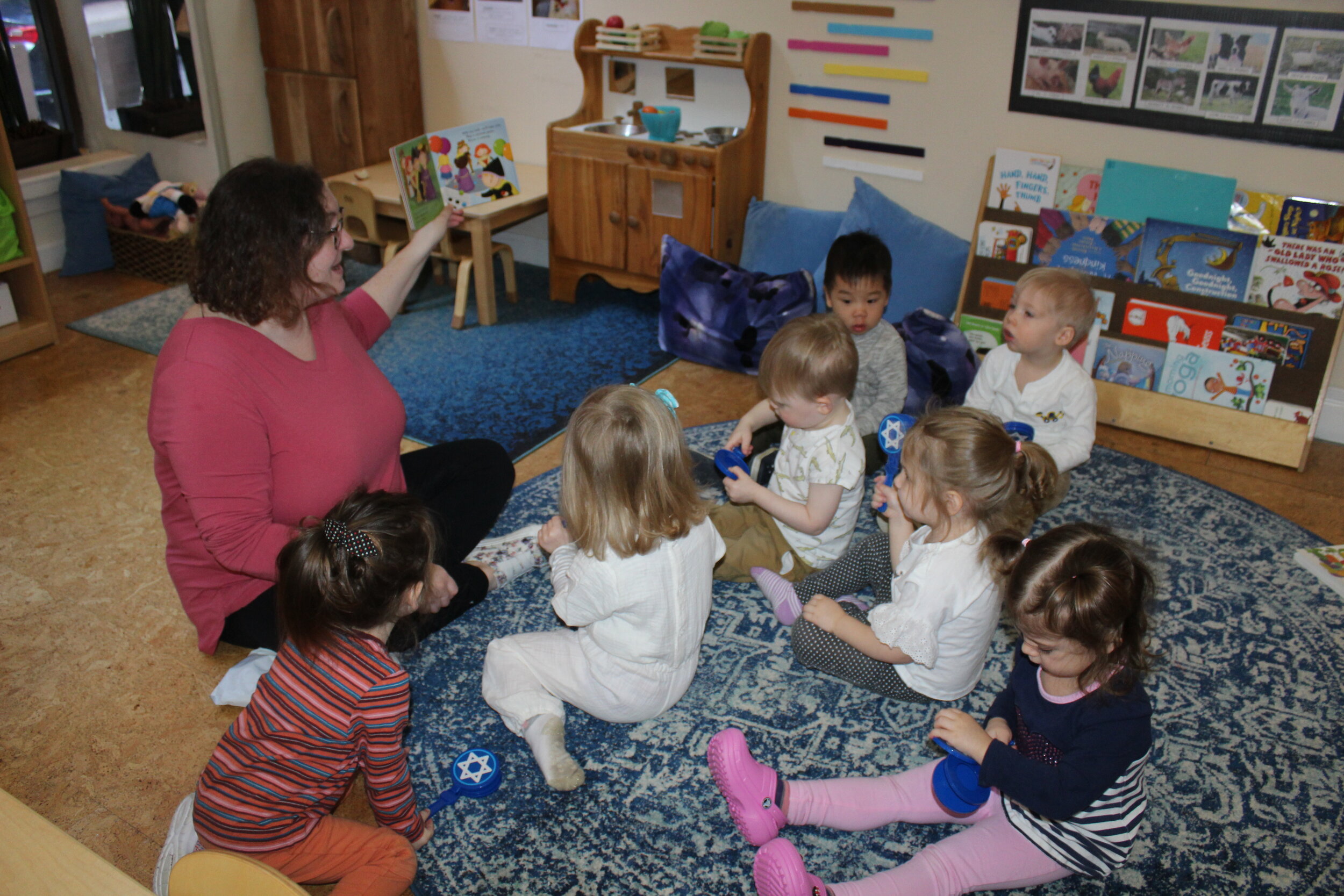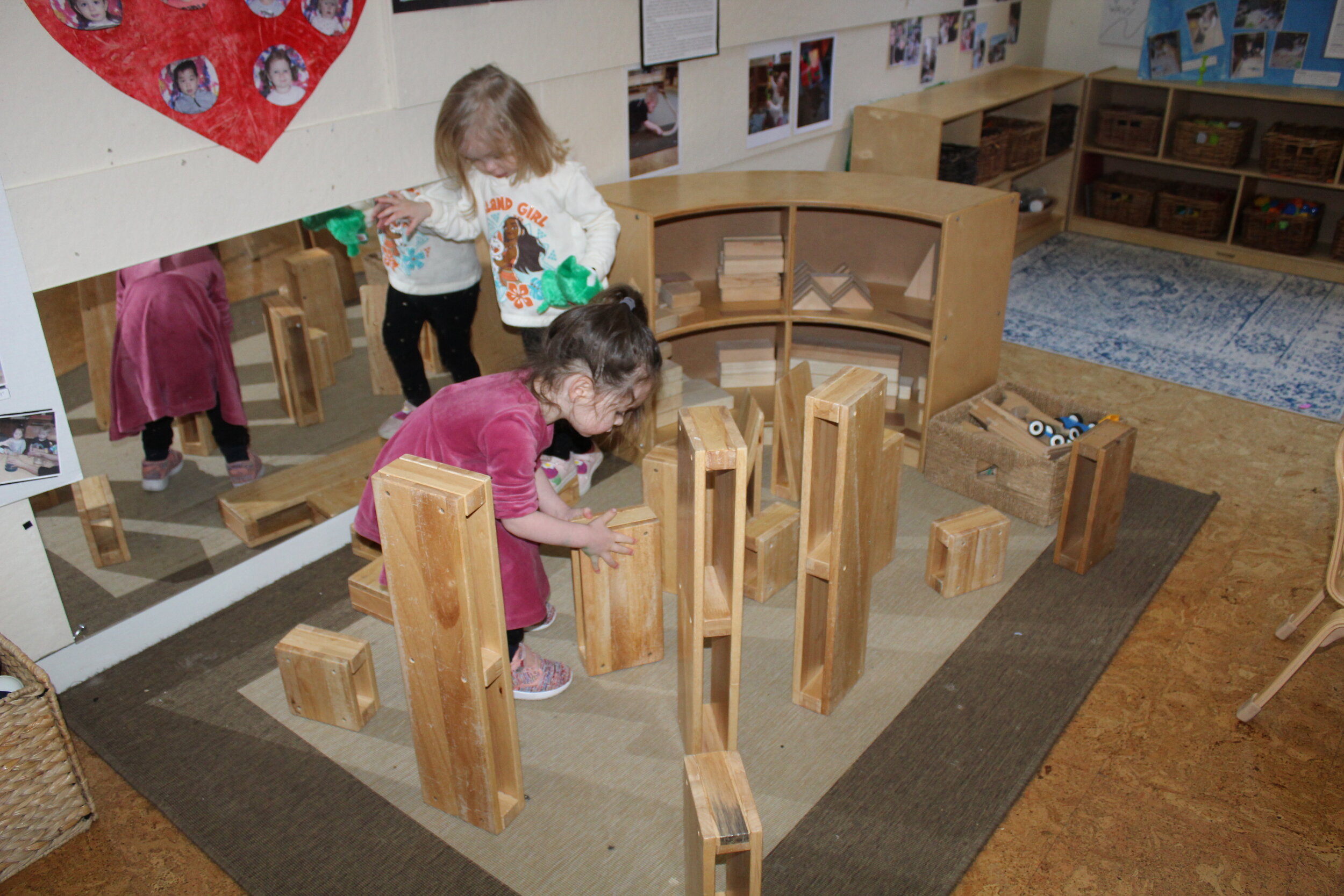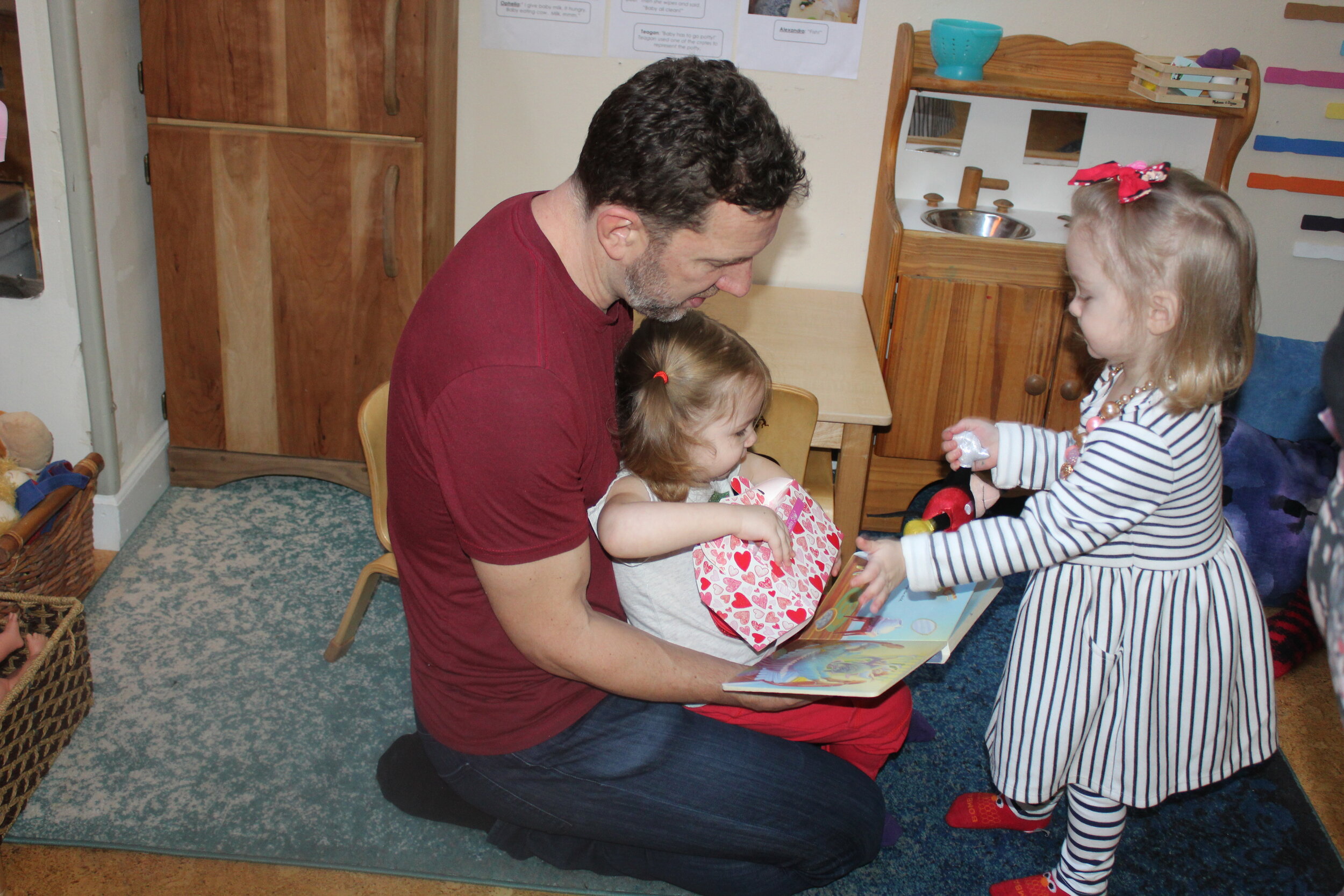It has been an amazing journey, and I am very proud of all the children. Thank you all for your support. Have a great and safe Summer!
Literacy/Creativity/Language/Imagination
The children listened to a read-aloud, Ten Magic Butterflies, by Danica McKellar. A significant advantage of storytelling is that listening to stories enhances a child’s vocabulary and listening skills. Hearing stories helps young children form pictures in their minds and use their imagination. These skills will help children picture and understand words when they read books independently.
As an activity, the children made butterflies using materials of their choice. Each is different and unique.
Counting/Sequence/One-to-One Correspondence/Recognizing and Identifying Numerals
Literacy/Creativity/Imagination/Language/Vocabulary
We all wore a silly or favorite hat, wig, or headpiece, as we listened to Hooray for Hats, a story about friendship!
Combining Art with Music
The students and teacher each had a piece of paper, crayons, or markers. They then listened to Flight of the Bumble Bee and drew based on what they heard. Their artwork demonstrated the highs/lows to illustrate the bee's flight pattern.
Virtual Class

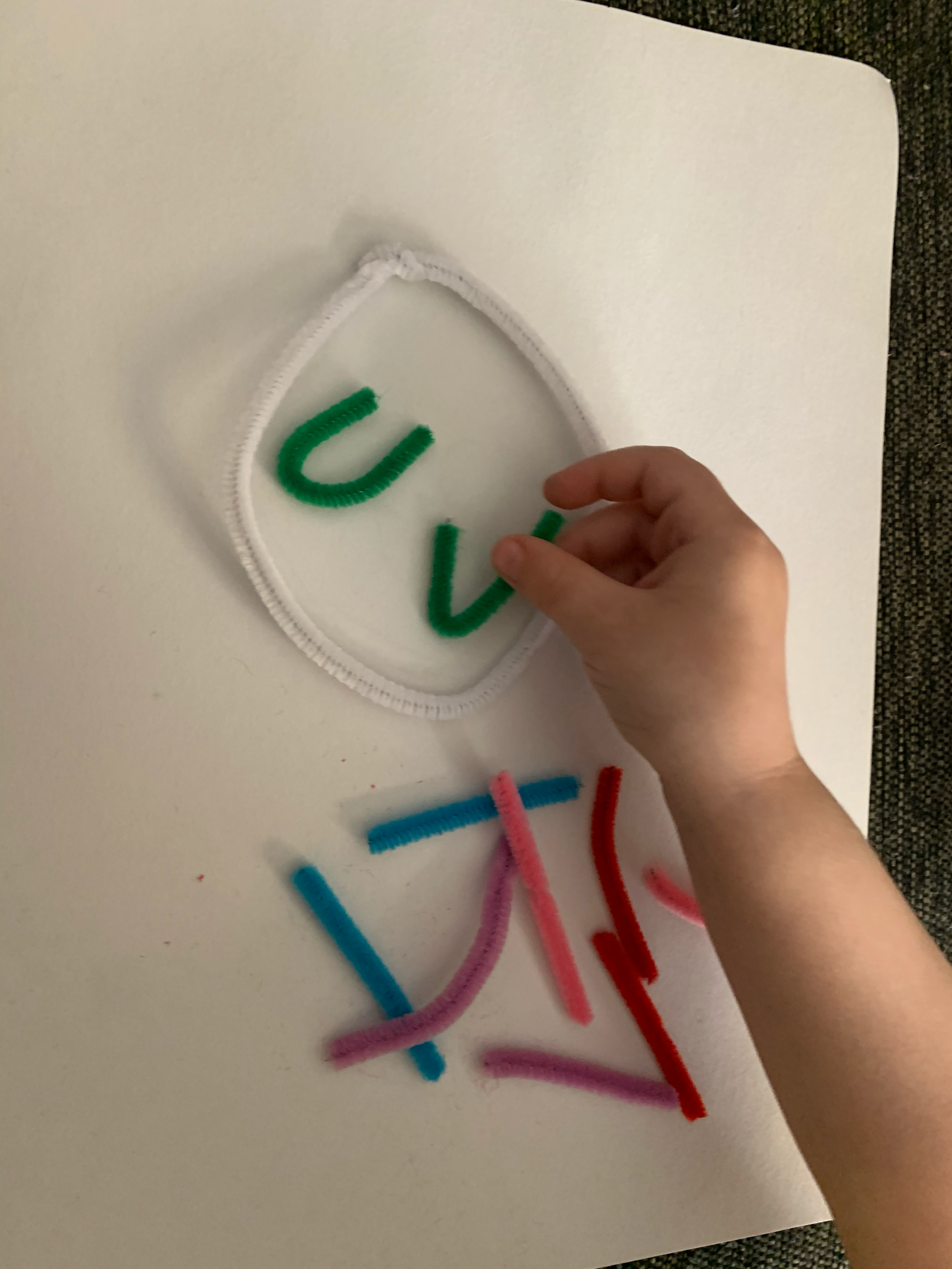


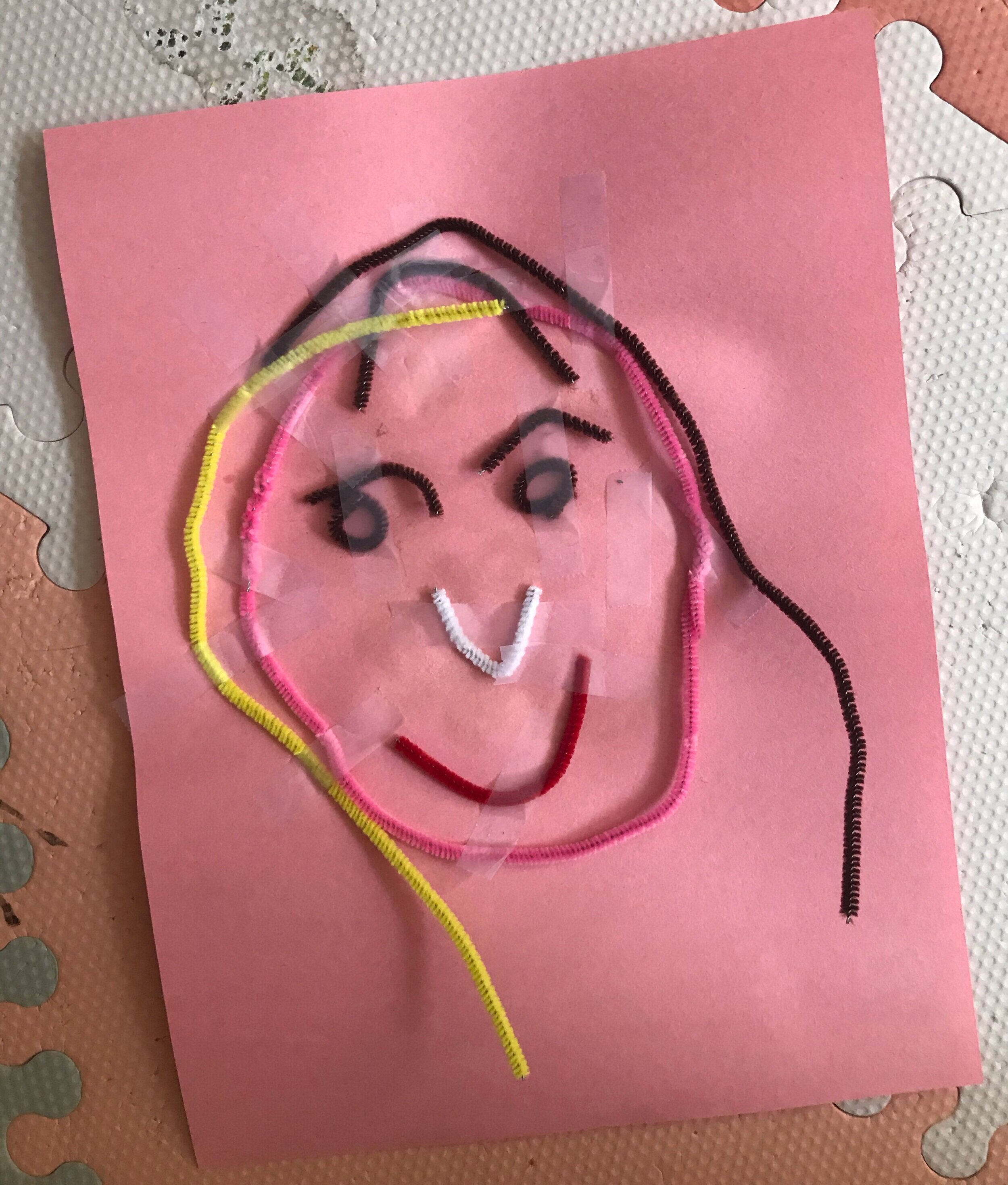



















































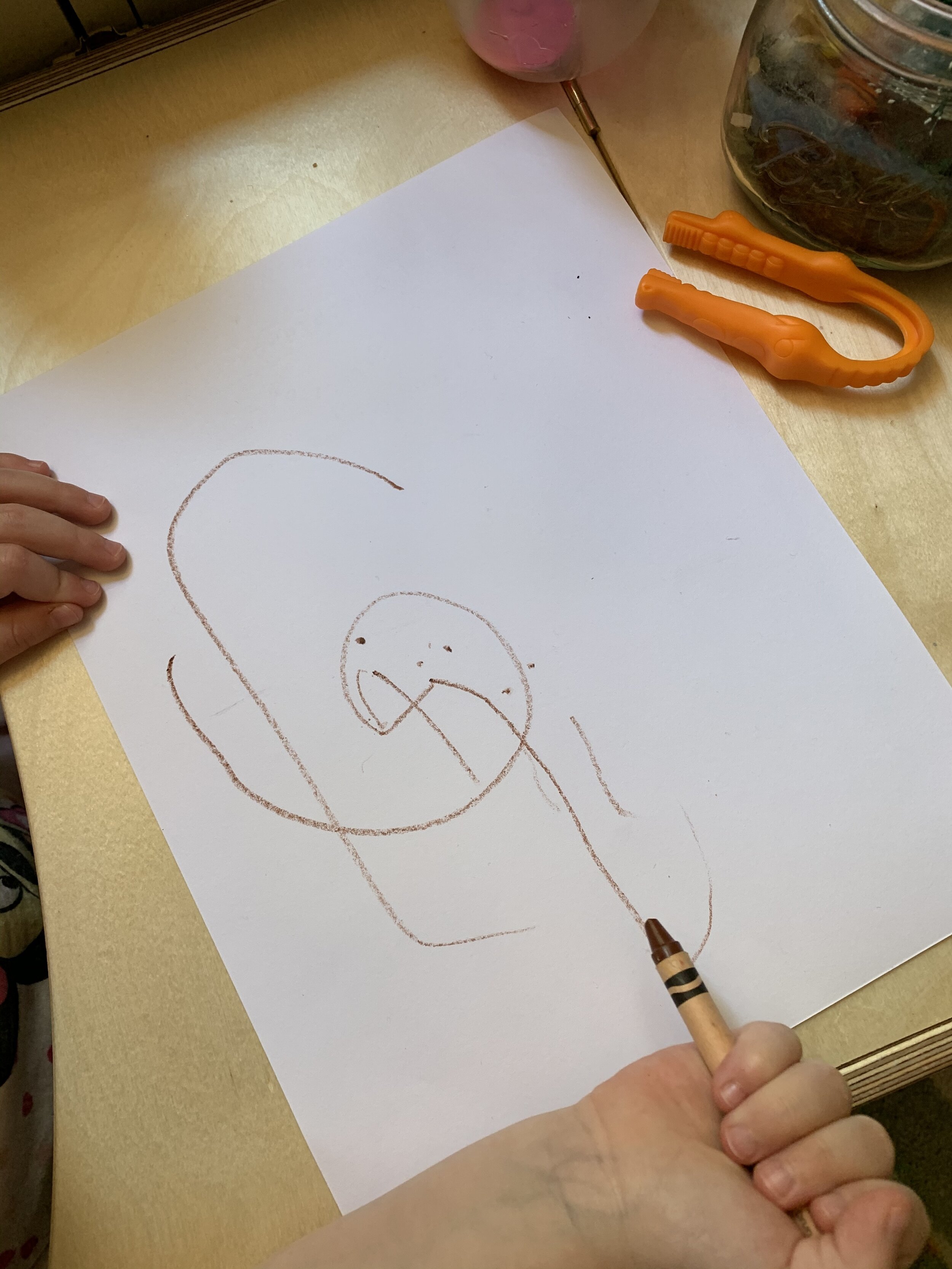





















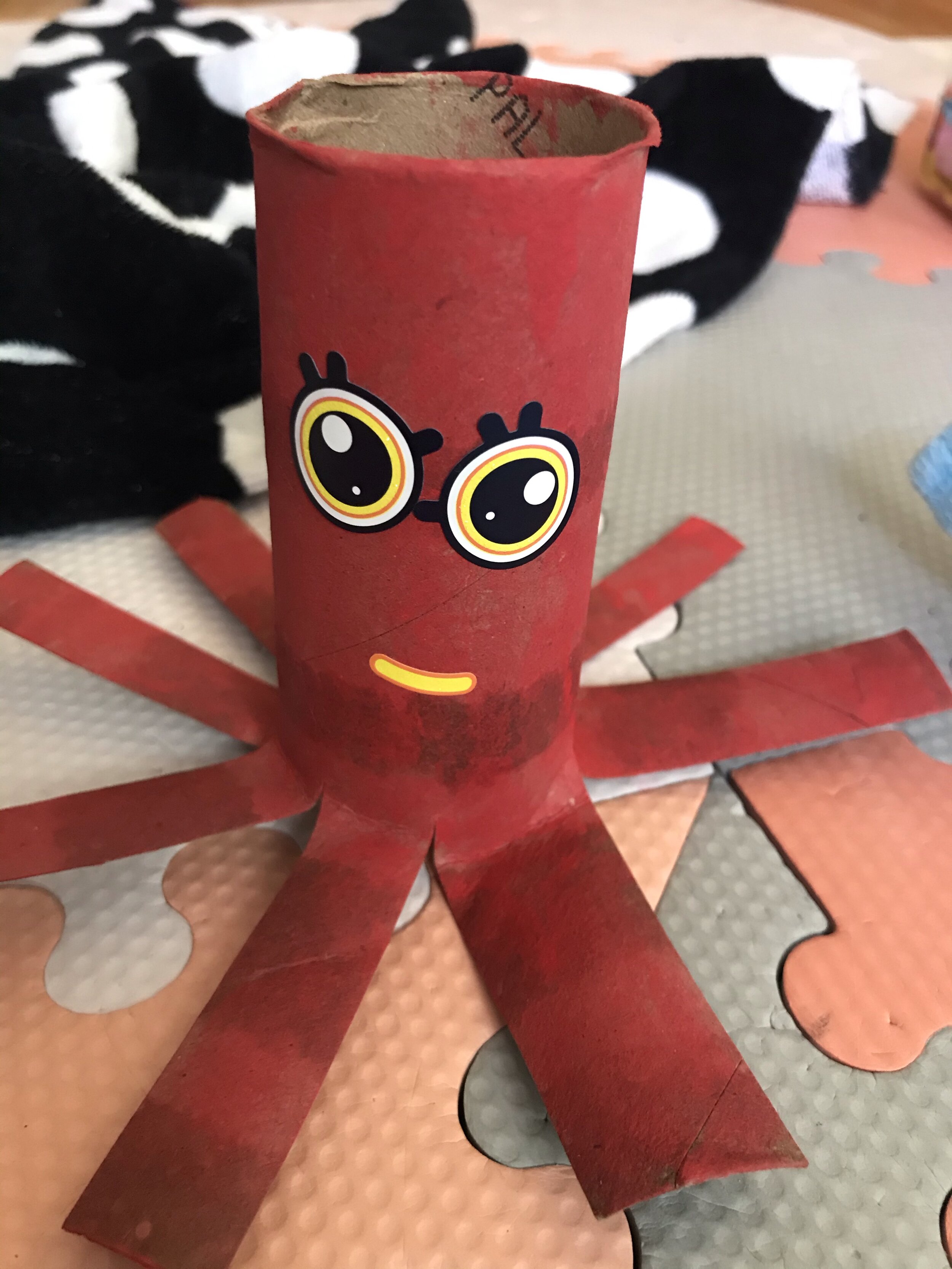





































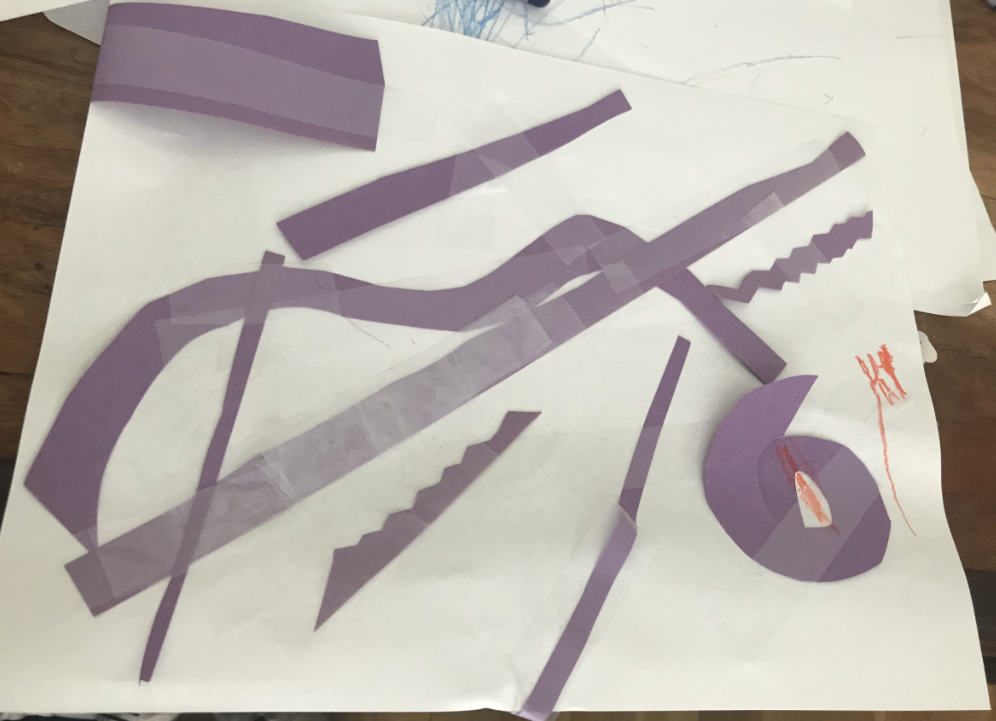




















![20200529_164104[1].jpg](https://images.squarespace-cdn.com/content/v1/5637d93be4b0adf7055d88ee/1590788676209-8XB0BHBF473G51RYZ4IO/20200529_164104%5B1%5D.jpg)








































































































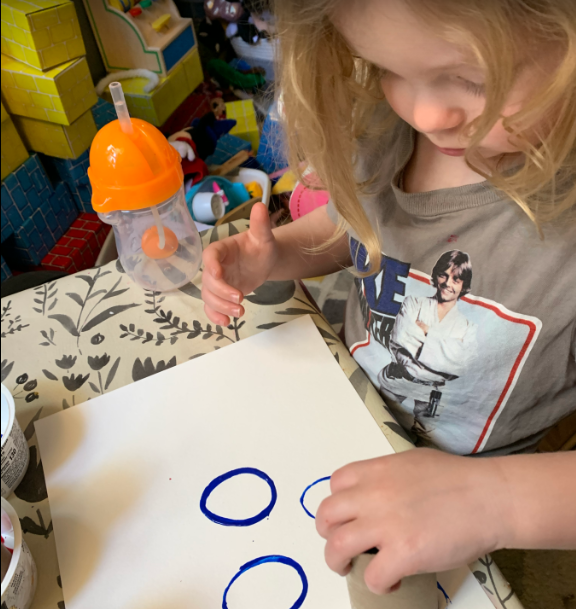
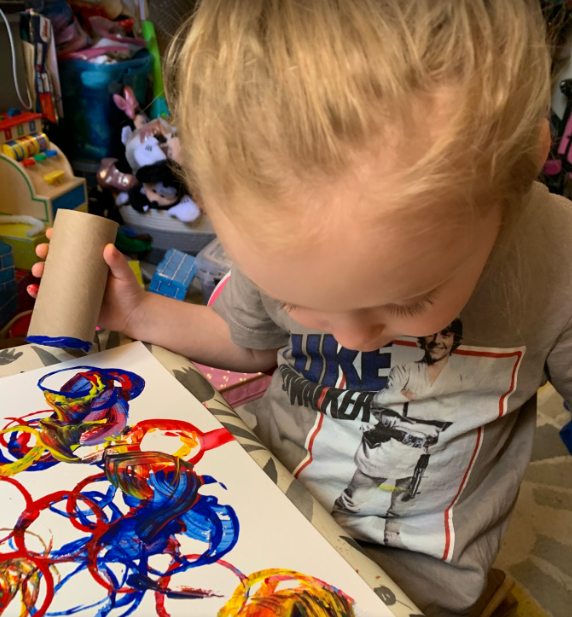










![4[1].jpg](https://images.squarespace-cdn.com/content/v1/5637d93be4b0adf7055d88ee/1588961165319-YC2EVOXMCEFPWIFGVT4L/4%5B1%5D.jpg)














































































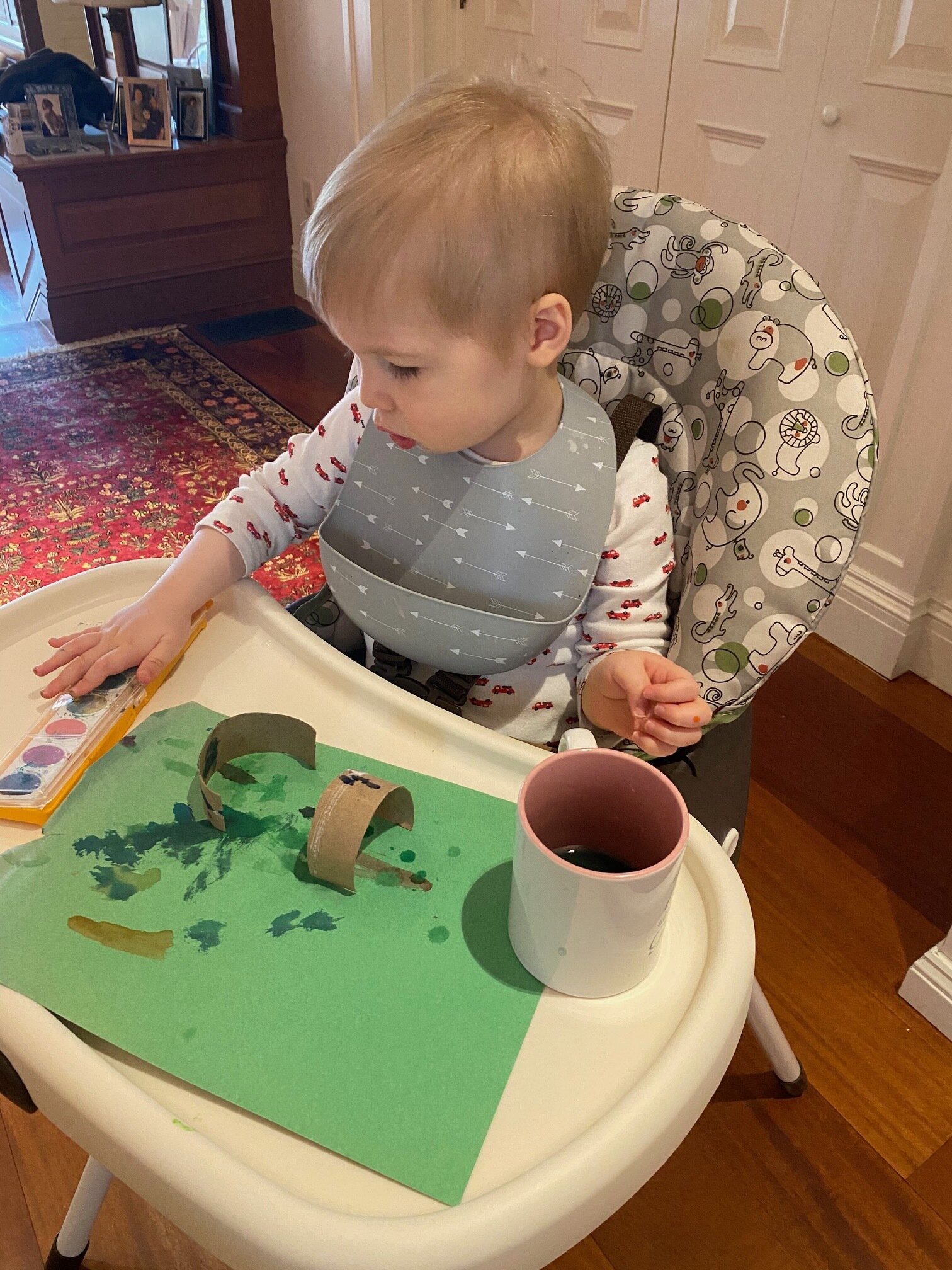















































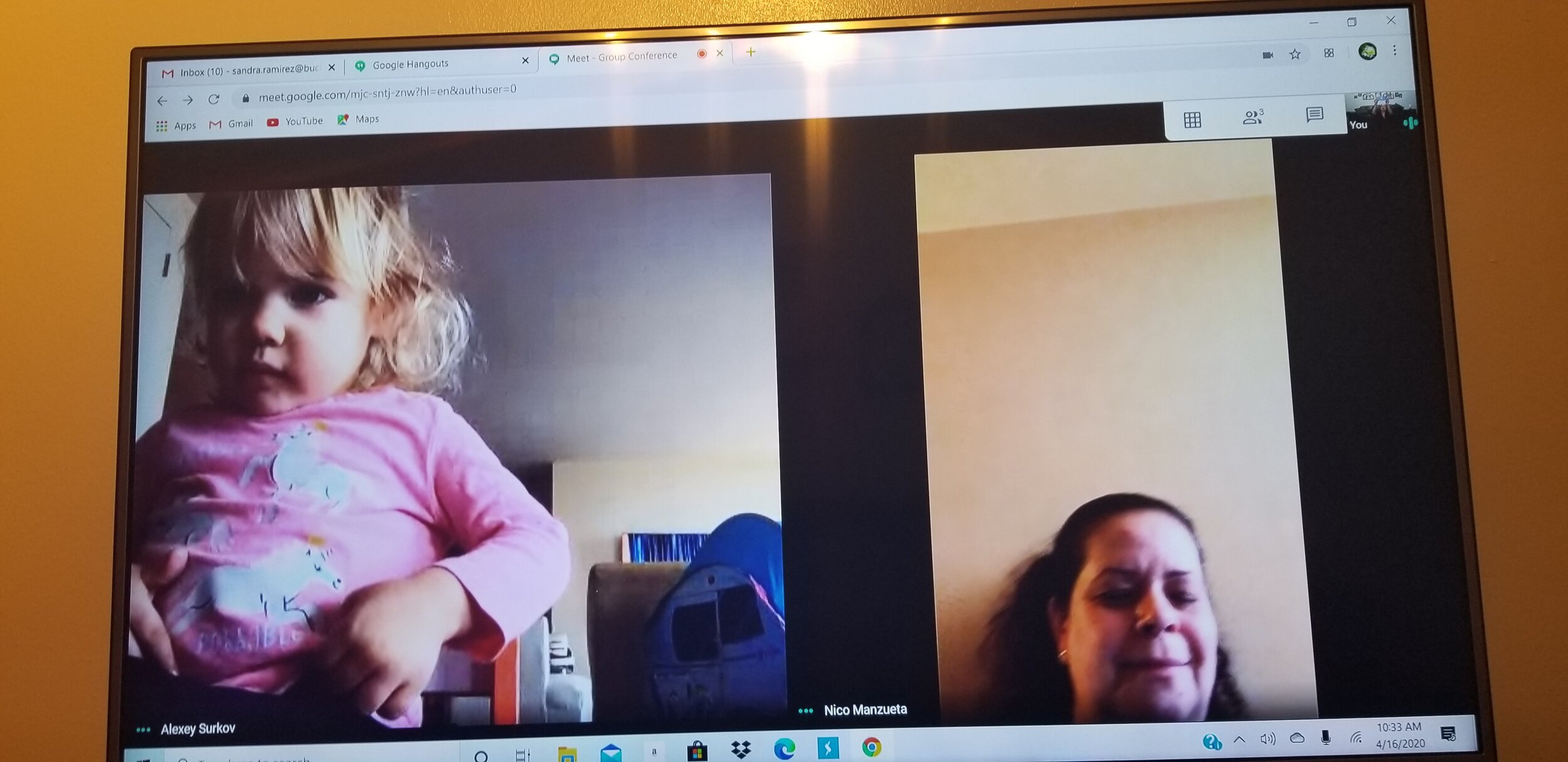





























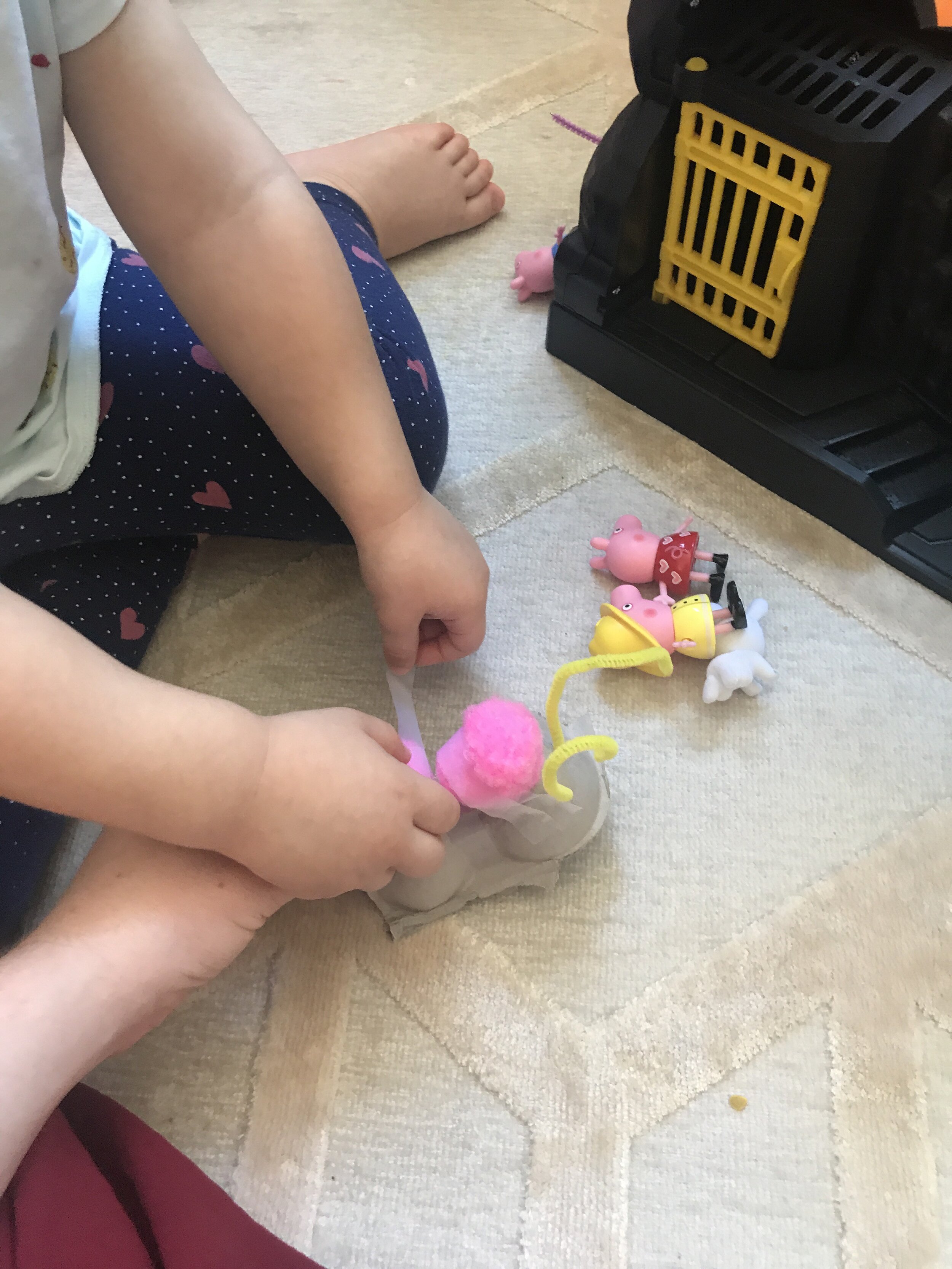



















![20200408_163936[1].jpg](https://images.squarespace-cdn.com/content/v1/5637d93be4b0adf7055d88ee/1586539100988-J48X1HQWJRBTH76HAE06/20200408_163936%5B1%5D.jpg)


















































